compur
Been spending a lot of time on here!
Unless you're shooting large format and doing your own processing and wet darkroom printing I would forget about the zone system.
The most foolproof method in my opinion is incident metering, that is, measuring the light that is falling on your subject with a hand held meter.
In-camera meters are reflective meters and are subject to being fooled by such things are back-lighting, unusually light or dark areas, bright skies, glare, etc BUT if you are aware of these pitfalls you can usually compensate for them and the convenience of having the meter built into the camera makes it a good choice most of the time. Some in-camera meters are quite sophisticated, especially those in the higher end auto focus film cameras and can automatically do a lot of that compensation for you.
Another good choice in my opinion is no metering at all -- what is called the "sunny 16 rule." If you are outdoors walking about in day light then this method not only works fine with B&W film but trains you to judge lighting situations without the need of a meter.
The most foolproof method in my opinion is incident metering, that is, measuring the light that is falling on your subject with a hand held meter.
In-camera meters are reflective meters and are subject to being fooled by such things are back-lighting, unusually light or dark areas, bright skies, glare, etc BUT if you are aware of these pitfalls you can usually compensate for them and the convenience of having the meter built into the camera makes it a good choice most of the time. Some in-camera meters are quite sophisticated, especially those in the higher end auto focus film cameras and can automatically do a lot of that compensation for you.
Another good choice in my opinion is no metering at all -- what is called the "sunny 16 rule." If you are outdoors walking about in day light then this method not only works fine with B&W film but trains you to judge lighting situations without the need of a meter.
Last edited:


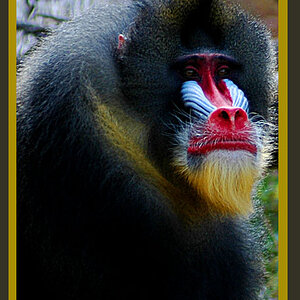
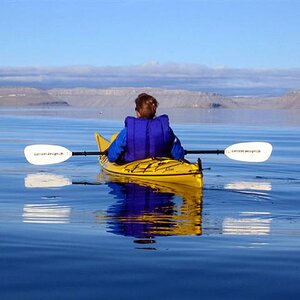
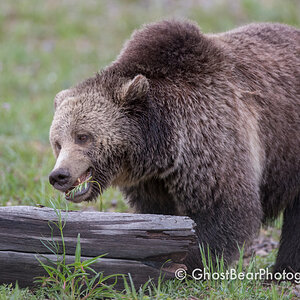
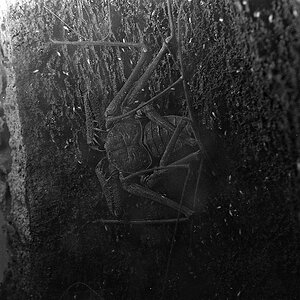
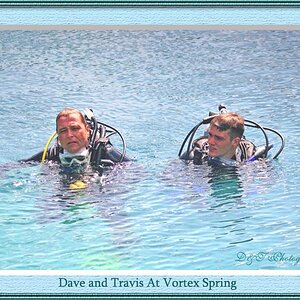
![[No title]](/data/xfmg/thumbnail/37/37603-739c5d9b541a083a12f2f30e45ca2b7b.jpg?1619738147)
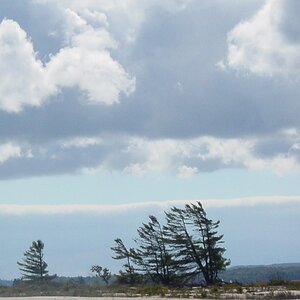
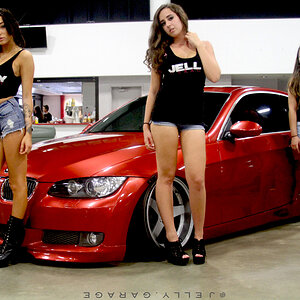
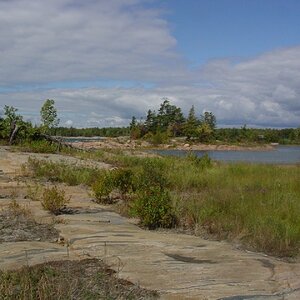
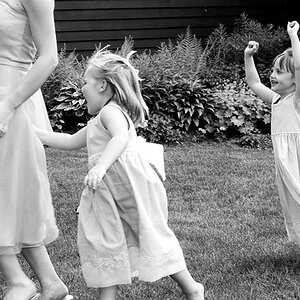
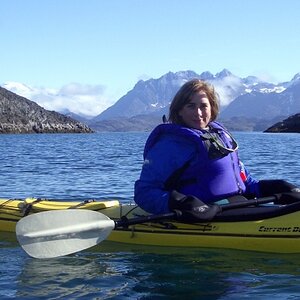
![[No title]](/data/xfmg/thumbnail/37/37602-1ef8dbb1c2d0e4ff347ee65d328c3603.jpg?1619738147)